Why Bhutan Is Still Out Of This World
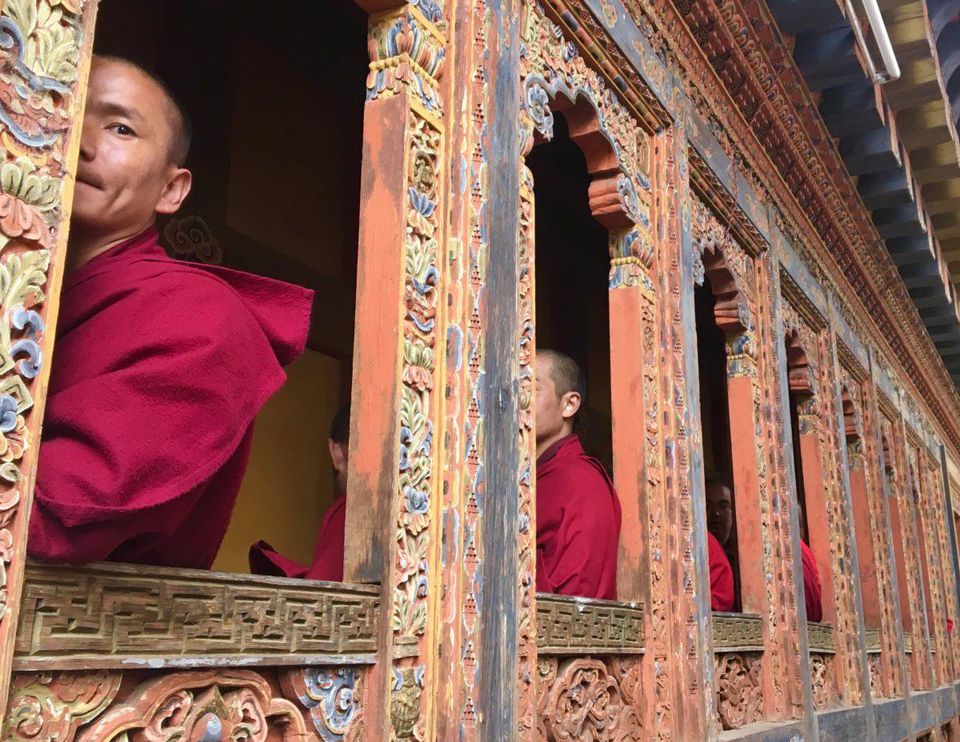
The Tiger’s Nest Monastery, or Paro Taktsang, is located outside the city of ParoCREDIT: TOM MULLEN The small and predominantly Buddhist nation of Bhutan, tucked between China and India, is lanced by deep ravines and coated with thick woods. The country has no traffic lights. Smoking as well as tobacco products are illegal, as are […]
In Bhutan, ‘gross national happiness’ is what counts
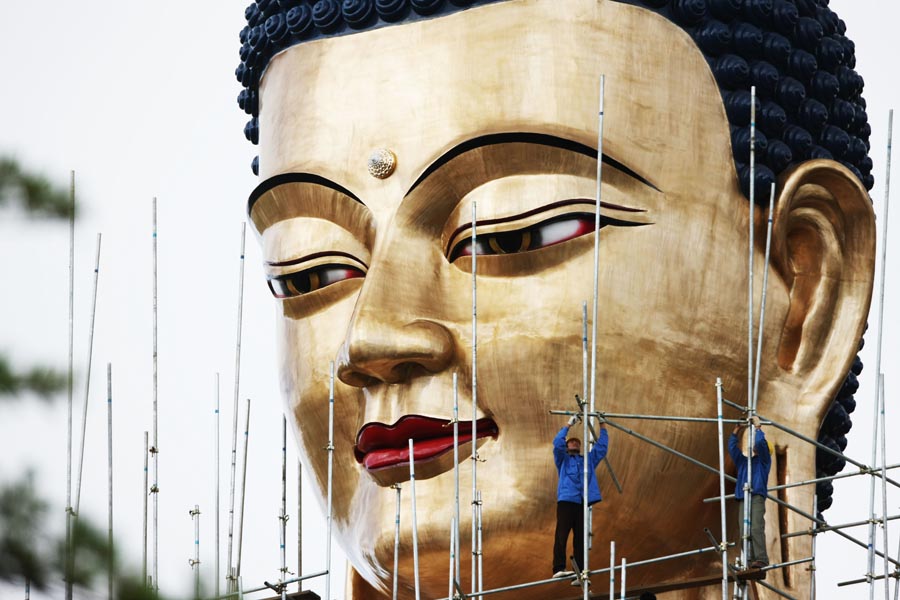
Source: The Seattle Times: https://www.seattletimes.com/life/travel/in-bhutan-gross-national-happiness-is-what-counts/ The iconic Tiger’s Nest Monastery, or Taktshang Goemba, perches on a steep cliff about 2,700 feet above Paro, in Bhutan. The most famous of the small nation’s monasteries, the holy place was originally built in 1692. (Alexandra Reynolds/AP) Originally published April 4, 2018 at 5:52 pm Last remaining Buddhist kingdom […]
Bhutan: Kingdom of the Sky
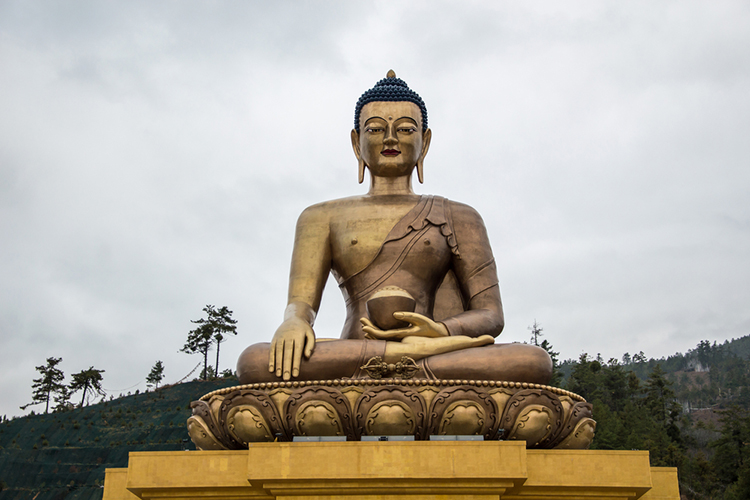
Source: OX Magazine: http://www.oxmag.co.uk/Bhutan-Kingdom-of-the-Sky.asp As our plane begins its descent towards the small airstrip at Paro International Airport, the Captain asked us to brace ourselves for what was expected to be a very bumpy landing. I was painfully reminded that this remote Himalayan airport was reputed to be so dangerous that only eight pilots in the […]
5 Top Bhutan attractions for tourists in 2019
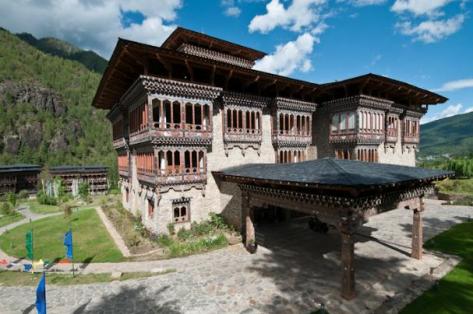
Source: The Asian Age 1) Tiger’s Nest Monastery The Tiger’s Nest Monastery hangs on a cliff and stands above an enchanting forest of blue pines and rhododendrons. As this beautiful and very exceptional monastery is a sheer climb the hill (900 meters), a pony can be arranged for the ride up, but only until the cafeteria. […]
Into the Land of Happiness
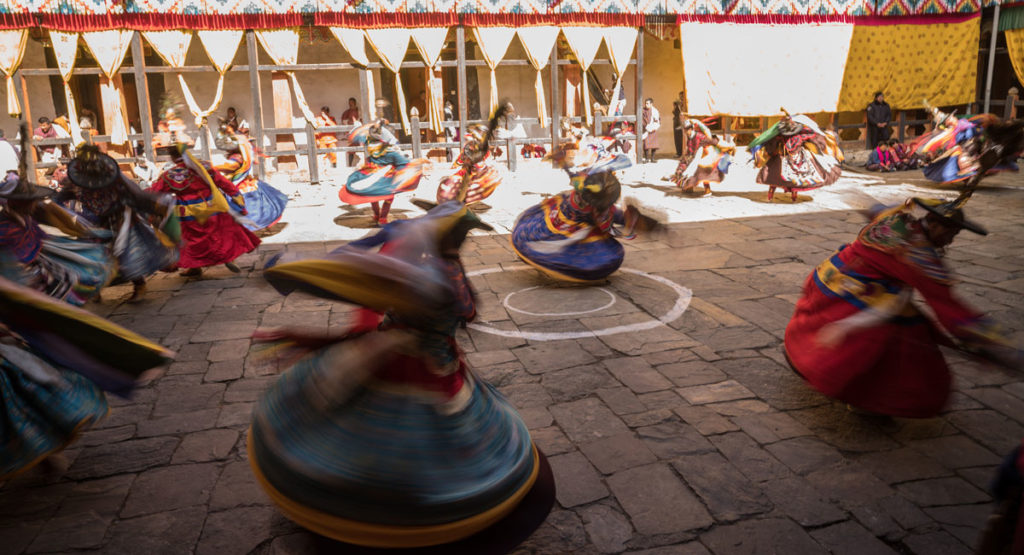
Source: The New York Times: https://www.nytimes.com/2018/07/25/travel/bhutan-nepal.html By Jennifer Moses Last May, as a 30th anniversary gift to ourselves, my husband, Stuart, and I went on a tour of Nepal and Bhutan. Post-child-rearing but before (fingers crossed) grandchildren, we wanted something big, something different, something outside our comfort zone that wouldn’t actually be uncomfortable. Which meant hiring […]
